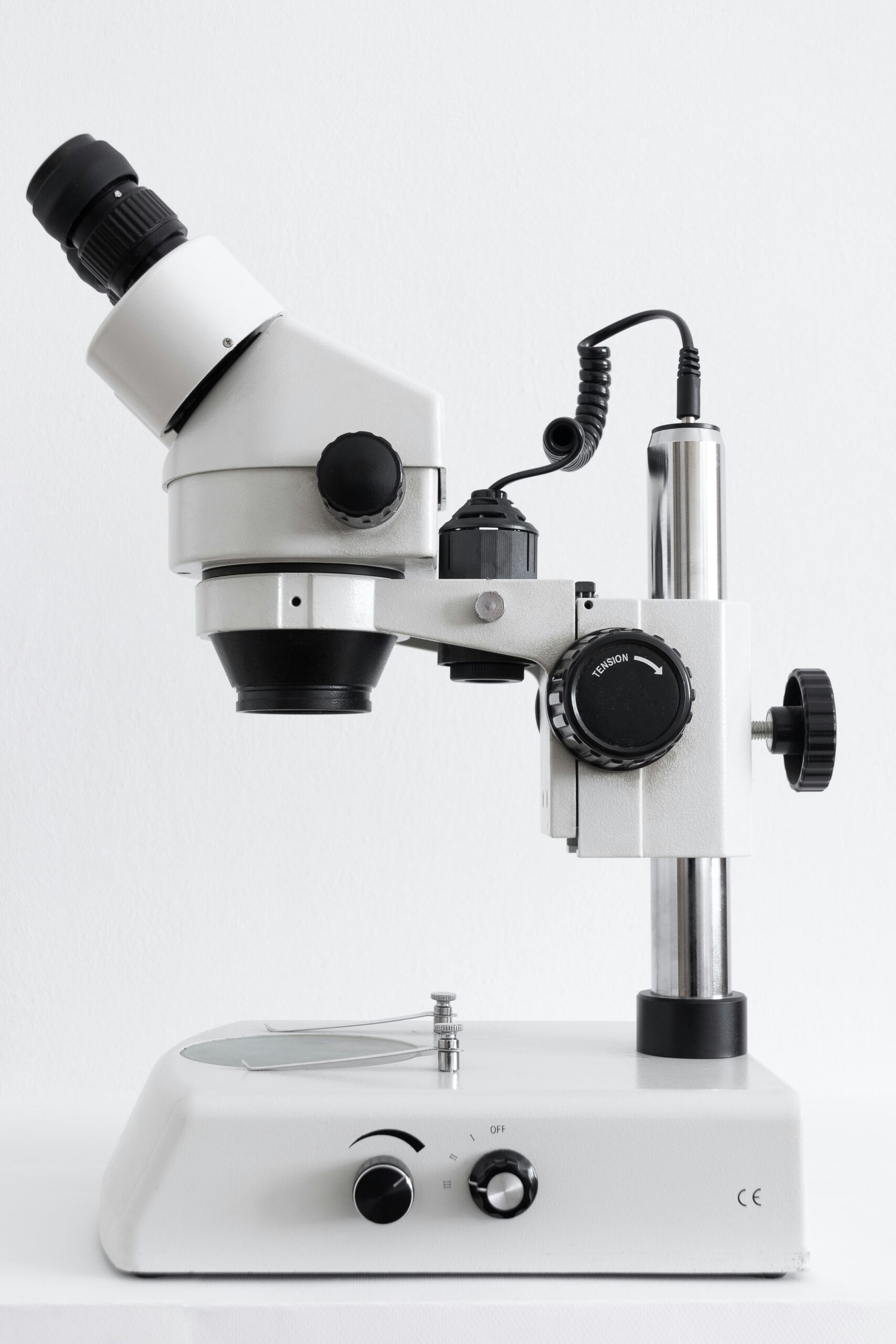Imagine being able to bring distant objects up close and personal with just a simple tool – a binocular. In the vast world of binoculars, there is a specific model that has caught the attention of many: the 12×50 binocular. But what exactly does “12×50” mean? Is it the magnification power or something else entirely? In this article, we will unravel the mystery and explore the fascinating world of the 12×50 binocular to understand its magnification capabilities and the wonders it brings to our view. Get ready to see the world from a whole new perspective!
Understanding Binocular Specifications
Binoculars can come with various specifications and it’s important to understand what these numbers mean in order to make an informed purchasing decision. One of the key specifications you’ll come across is the number that represents the magnification power. This number provides a measure of how much closer the object will appear when viewed through the binoculars compared to the naked eye.
Decoding the ’12×50′
Let’s take the example of a 12×50 binocular. The first number, 12, represents the magnification power. This means that the object you’re viewing will appear 12 times closer than it would if you were looking at it with just your eyes. The second number, 50, refers to the diameter of the objective lens in millimeters. This measurement plays a crucial role in determining the field of view and light intake of the binoculars.
Role of first and second number
Understanding the significance of the first and second numbers in binocular specifications is essential for choosing the right binoculars for your needs. The magnification power determines how much closer the object will appear, while the objective lens diameter affects the field of view and how much light the binoculars can gather.
What Magnification Really Means
Definition of magnification
Magnification refers to the process of enlarging an image or object. In the context of binoculars, it indicates how much the object you’re looking at will be magnified compared to viewing it with the naked eye. A higher magnification number means that the object will appear larger and closer, providing a more detailed view.
How magnification affects viewing
The magnification power directly affects the level of detail you can observe. With a higher magnification, you’ll be able to see finer details and observe objects from a greater distance. However, it’s important to note that higher magnification also narrows the field of view and can make it more challenging to maintain a steady image.
Common misconceptions about magnification
There are a few misconceptions surrounding magnification when it comes to choosing binoculars. One common misconception is that higher magnification is always better. While it’s true that higher magnification offers more detailed views, it also comes with trade-offs such as reduced field of view and increased shakiness. It’s important to consider your specific needs and use cases before opting for higher magnification.

Understanding the 12x Magnification
Practical implications of 12x magnification
A 12x magnification in binoculars can provide a significant boost in zoom power. This level of magnification is particularly useful when observing objects or wildlife from a distance. Whether you’re into birdwatching, wildlife observation, or stargazing, a 12x magnification can bring the action closer and allow for detailed examination.
Comparing 12x magnification with other common magnification levels
It’s worth comparing the 12x magnification with other common magnification levels to understand its strengths and limitations. For instance, a 10x magnification offers a slightly wider field of view and is generally easier to stabilize, making it a popular choice for general-purpose binoculars. On the other hand, a 20x magnification provides a higher level of zoom but sacrifices field of view and image stability.
Role of 50mm Objective Lens
Definition of objective lens diameter
The objective lens is the lens located at the front of the binoculars, opposite to the eyepiece. The diameter of the objective lens is given in millimeters and plays a crucial role in determining the field of view and amount of light that can be gathered by the binoculars.
How objective lens size affects field of view and light intake
A larger objective lens allows more light to enter the binoculars, resulting in a brighter image. It also contributes to a wider field of view, meaning you can observe a larger area at once. However, larger objective lenses also mean bulkier and heavier binoculars, which may not be ideal for all situations. The 50mm objective lens of a 12×50 binocular strikes a good balance between light intake and portability.

Importance of Light Intake in Binoculars
Impact of objective lens size on image brightness
The size of the objective lens directly affects the brightness of the image you see through the binoculars. A larger objective lens allows more light to reach your eyes, resulting in a brighter and clearer image. This is particularly important in low-light conditions, such as during sunrise, sunset, or when observing celestial objects in the night sky.
Criticality of light intake in varying lighting conditions
The amount of light that enters the binoculars through the objective lens is critical for a clear and detailed view. In well-lit conditions, smaller objective lenses may be sufficient. However, for situations with low light, such as wildlife observation at dawn or stargazing at night, larger objective lenses are essential to gather enough light and maintain image clarity.
Trade-Offs and Limitations of High Magnification
Downsides of having a 12x magnification
While a 12x magnification offers powerful zoom capabilities, it also comes with certain trade-offs and limitations. One of the main downsides is increased shakiness due to even the slightest hand movements being magnified. This can make it challenging to maintain a steady image, especially without additional stabilization support. Additionally, higher magnification often results in a narrower field of view, limiting the area you can observe at once.
Common issues like shakiness and reduced field of view
The higher the magnification, the more noticeable any hand movements become. With a 12x magnification, it becomes crucial to stabilize the binoculars, either using a tripod or by resting them on a stable surface. Another trade-off of high magnification is the reduced field of view. With a narrower field of view, you may find it more challenging to locate and track moving objects, as you have a smaller area in your line of sight.

Choosing the Right Binoculars for Your Needs
Factors to consider when choosing magnification
When selecting the right binoculars for your needs, it’s important to consider various factors beyond just the magnification power. Think about the activities you’ll primarily use the binoculars for and the environments you’ll be in. If you’ll be observing wildlife from a distance or need detailed views of celestial objects, a higher magnification like 12x could be suitable. However, for general-purpose use or situations requiring a wider field of view, a lower magnification might be more appropriate.
Busting common myths around higher magnification being better
There is a common belief that higher magnification is always better when it comes to binoculars. However, it’s important to dispel this myth and understand that higher magnification comes with certain trade-offs. Depending on your specific needs, a lower magnification may offer a wider field of view, greater image stability, and overall better user experience. Don’t be swayed solely by the numbers; consider your own preferences and use cases when choosing the right binoculars.
Ideal Uses for 12×50 Binoculars
Wildlife observation
The 12×50 binoculars are well-suited for wildlife observation. Whether you’re birdwatching or observing animals in their natural habitats, the higher magnification allows you to get closer to the action and observe intricate details. The 50mm objective lens gathers enough light to provide clear views even in low-light conditions, making it ideal for nature enthusiasts who want to explore the beauty of wildlife.
Astronomy
Stargazing and observing celestial objects require binoculars with higher magnification to capture the details of distant stars, planets, and nebulae. The 12x magnification coupled with the 50mm objective lens makes the 12×50 binoculars a great choice for amateur astronomers. They provide enough zoom to bring distant celestial objects closer and gather sufficient light to observe them in detail.
Sporting events
If you enjoy watching live sports, the 12×50 binoculars can enhance your experience by bringing the action closer to you. Whether you’re at a stadium or watching from a distance, these binoculars provide a detailed view of the players, allowing you to follow the game closely. The higher magnification ensures that you don’t miss any exciting moments on the field.
Maintaining Binoculars with High Magnification
Basic maintenance tips
To ensure your 12×50 binoculars remain in optimal condition, regular maintenance is essential. Start by keeping them protected in a padded case when not in use. Clean the lenses with a microfiber cloth and avoid touching them directly with your fingers to prevent smudges. Store the binoculars in a dry place to prevent moisture damage and avoid exposing them to extreme temperatures.
Dealing with common issues like fogging and lens dust
Fogging is a common issue, especially when transitioning between different temperatures or humidity levels. To prevent fogging, consider using an anti-fog solution or keeping silica gel packets inside the case. Lens dust can be removed using a blower brush or a lens cleaning solution specifically designed for optics. Take caution not to scratch the lenses while cleaning, and avoid using harsh chemicals or abrasive materials.
Understanding Other Binocular Features
Prism type
Binoculars use prisms to correct the image orientation, improving the viewing experience. There are two common types of prisms used in binoculars: Porro prisms and roof prisms. Porro prisms offer better depth perception and typically have a wider field of view, while roof prisms are more compact and provide a straight-line design.
Coating types
Coatings applied to the lenses and prisms of binoculars enhance image quality by reducing glare, increasing contrast, and minimizing light loss. Different coating types offer varying levels of performance, such as fully multi-coated, multi-coated, or coated. Fully multi-coated optics provide the highest level of light transmission and should be considered for improved image clarity.
Waterproofing and other features
Some binoculars come with waterproofing or water-resistant features, making them suitable for outdoor activities in various weather conditions. Other features to consider include rubber armor for a secure grip and shock resistance, adjustable eyecups for comfortable viewing, and diopter adjustment for individual eye focus. These additional features can enhance your overall viewing experience and make the binoculars more versatile in different situations.
Understanding binocular specifications, including magnification and objective lens diameter, is crucial when choosing the right binoculars for your needs. By considering factors such as field of view, image brightness, and intended use, you can select the ideal binoculars for activities like wildlife observation, astronomy, or attending sporting events. With proper maintenance and an understanding of other features like prism type and coatings, you can ensure that your binoculars provide optimal performance for years to come.
